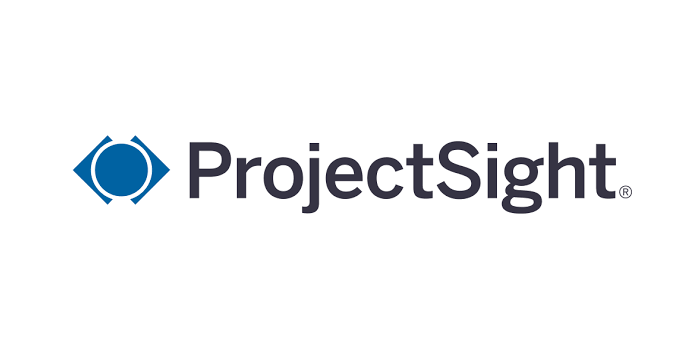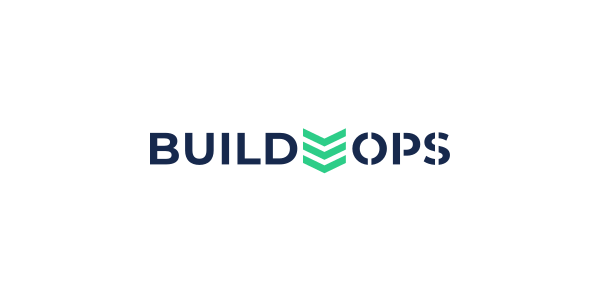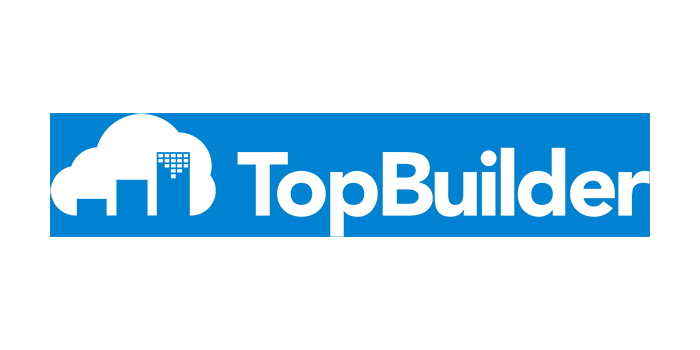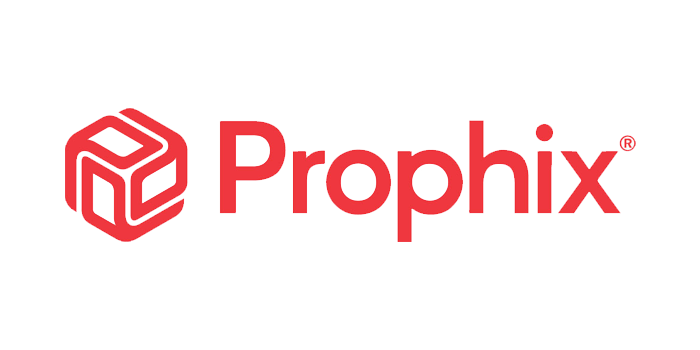
Article written by Rick Bell, Senior Content Marketing Manager, on the Oracle Construction and Engineering blog.
The power to integrate cloud applications and automate business processes is increasingly in the hands of the users.
To further the value and capabilities of the Oracle Smart Construction Platform as a true enterprise platform, Oracle Construction and Engineering is working to accelerate the integration of our applications with the rapidly growing ecosystem of complementary technologies. Key to that work is providing customers with easy and quick ways to connect our Smart Construction Platform applications to other solutions and data sources. These could be third-party construction technology applications, other Oracle systems—for example, enterprise resource planning (ERP)—or simply productivity tools already part of an organization’s daily workflows.
The extensibility of our platform helps further streamline and automate customers’ business processes, improving accuracy and visibility across their key applications. In addition, it makes more data (and, ultimately, intelligence) available to project management teams—when and where it’s needed—to improve decision-making.
Providing our customers with integration options that best support their needs is paramount. To that end, we’ve recently introduced additional approaches and tools that simplify integration by enabling low- or no-code deployment processes.
The power of Oracle Integration Cloud
At the heart of these efforts is Oracle Integration Cloud (OIC), which is part of Oracle’s leading integration platform as a service (iPaaS) offerings. Oracle earlier this year was named a leader in two Gartner® Magic Quadrant™ reports: iPaaS and data integration—the sixth time Oracle was named a Leader in the evaluation of 16 vendors in this market.
Gartner defines iPaaS as “a vendor-managed cloud service that enables end users to implement integrations between a variety of applications, services and data sources. These integration processes, data pipelines, workflows, automations and services are most commonly created via intuitive low-code or no-code developer environments.”
Most recently, Oracle Construction and Engineering has released OIC adapters for Oracle Primavera Cloud, which is our scheduling, risk, and portfolio management application, and for Unifier, our highly flexible application for project controls and capital program management. Such specialized application adapters simplify integration by eliminating the complexity associated with web services, direct API calls, and other connectivity methods.
This low-code/no-code approach empowers not just technical users but even functional ones to create integrations (think drag and drop) quickly and easily. The standard across Oracle, OIC is native to Oracle Cloud Infrastructure and bakes in Oracle performance and security from the start. And customers with an Oracle Integration Cloud subscription can use it broadly to meet their integration needs.
Speed, reliability, scalability, ease of use, and cost reduction are vital to an enterprise’s modernization success, and integration services through Oracle Integration Cloud help customers innovate at scale to meet their fast-changing requirements and regulatory needs.
Learn more about the differentiators and benefits of Oracle’s iPaaS offerings.













